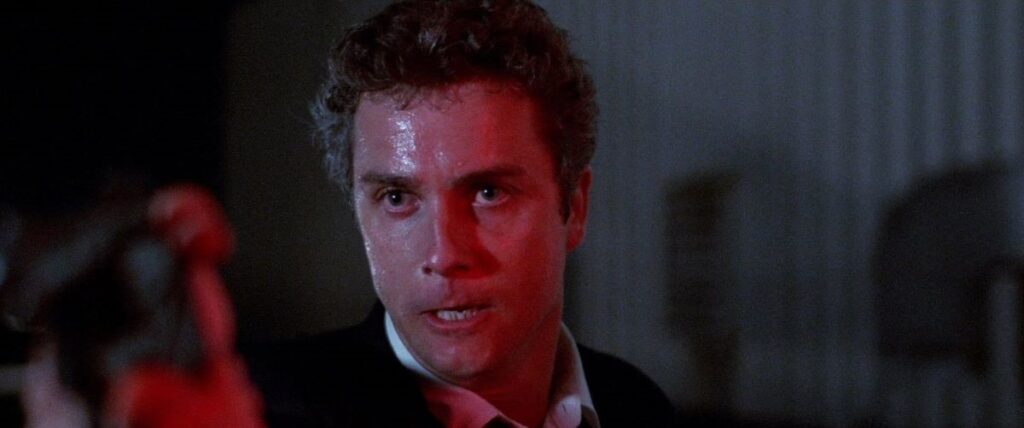
It’s William Friedkin Week at The Movie Gourmet, and we’re looking at three of the director’s more overlooked films. First up is his 1985 neo-noir To Live and Die in L.A., now a cult fave of noir fans. It’s a study of amoral obsession without any iota of redemption. Along with directing, Friedkin co-wrote the screenplay.
The secret service agent Chance (William L. Petersen) is consumed with tracking down the counterfeiter Masters (Willem Dafoe). Both are very dangerous men, and it’s pretty clear that no more than one of them is going to survive. Chance’s new partner Vuckovich (John Pankow) has to go along for the ride – and it’s a doozy.
Friedkin begins To Live and Die in L.A. with a thrilling set piece, involving terrorism in a highrise, that introduces Chance as a nervy stud. Then we meet Masters, and learn that he is anything but an ordinary criminal. Just when we have caught our breath, Friedkin toys with us in a scene that establishes that Chance is a reckless adrenaline freak.
The stage is now set for a manhunt, and Chance unleashes all his ruthlessness. Poor Vuckovich stands in for the audience as he and we are repeatedly shocked by Chance’s amorality, even corruption.
The car chase in Friedkin’s The French Connection remains the gold standard, but the one in To Live and Die in L.A. is also extraordinary. This one careens through LA’s freeways (including wrong way on the freeway), industrial areas and the cement channel of the Los Angeles River. The LA River has since been the site of countless movie chases, but it first was prominently featured in Point Blank and To Live and Die in L.A. may have been the river’s first car chase in a mainstream movie. All of the action is photographed by master cinematographer Robby Mueller.
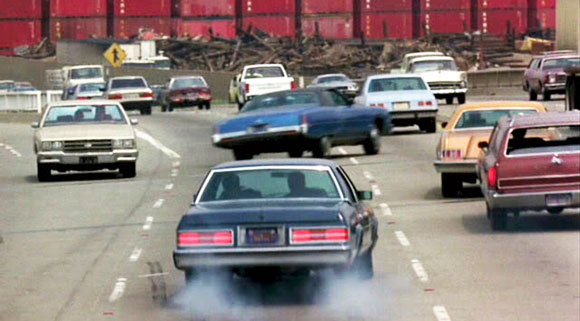
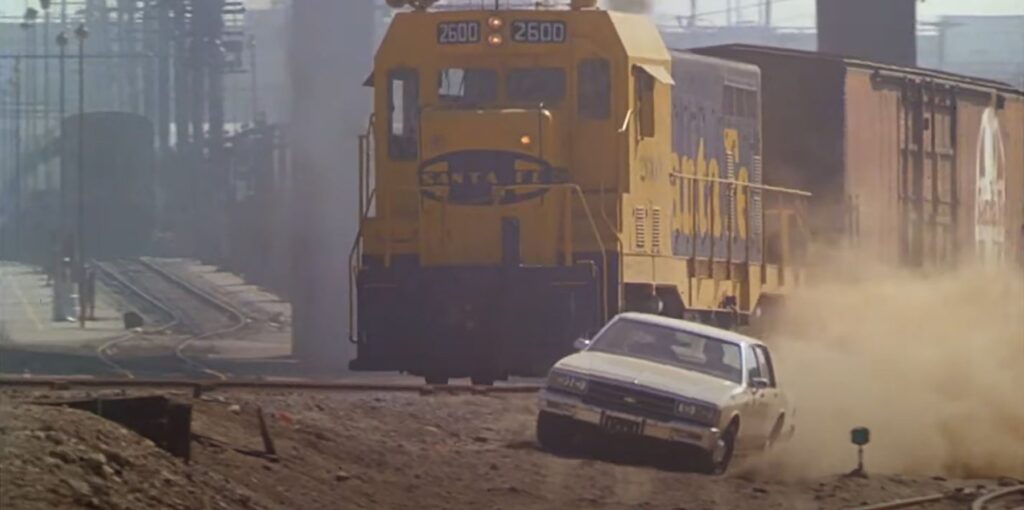
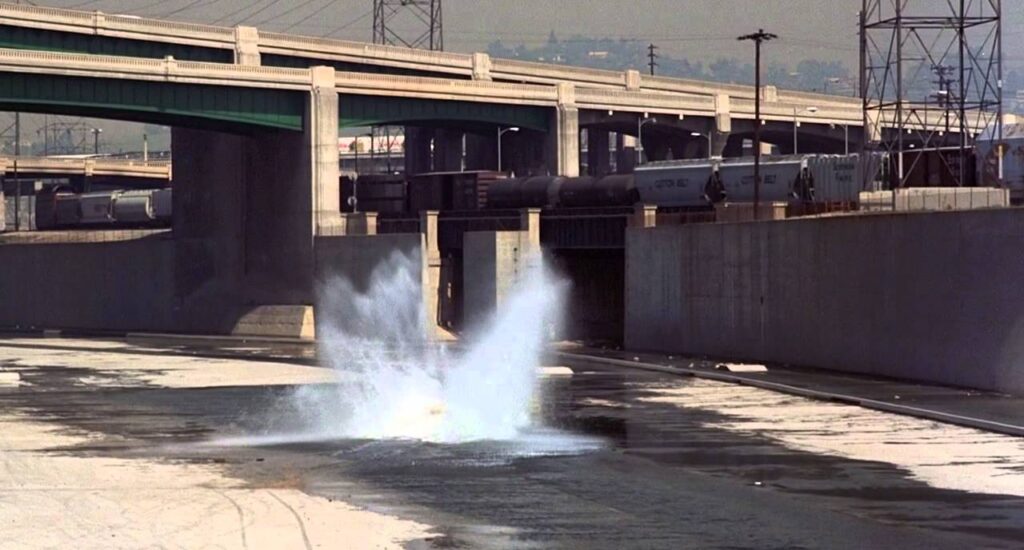
Of course, along with the thrills of the chase and Chance’s astonishing behavior, we also get a counterfeiter procedural as Masters combines art, craft and greed as he prints his own faux money.
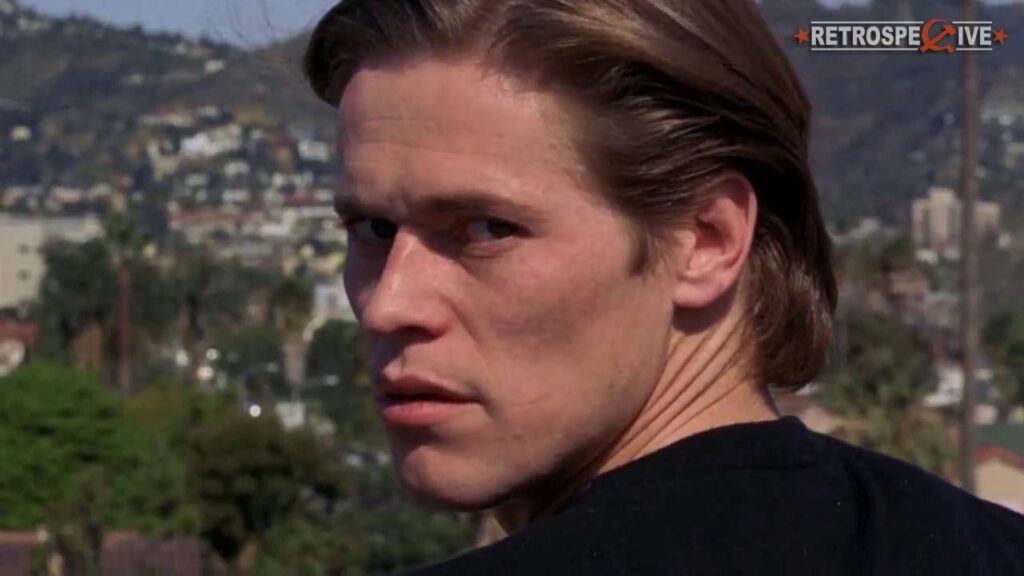
This was Willem Dafoe’s first major film role, just before Platoon and The Last Temptation of Christ. Dafoe, in an understated performance, oozes menace as the smooth, but very lethal, Masters.
William Petersen inhabits Chance with none of the gruff lovability he would show on CSI. It’s a balls-to-the-wall performance. Interestingly, Petersen didn’t get high profile jobs for the next fifteen years until CSI.
Dean Stockwell is perfect as a shady lawyer. Debra Feuer, John Tuturro and the renegade filmmaker Robert Downey, Sr., also appear in supporting roles.
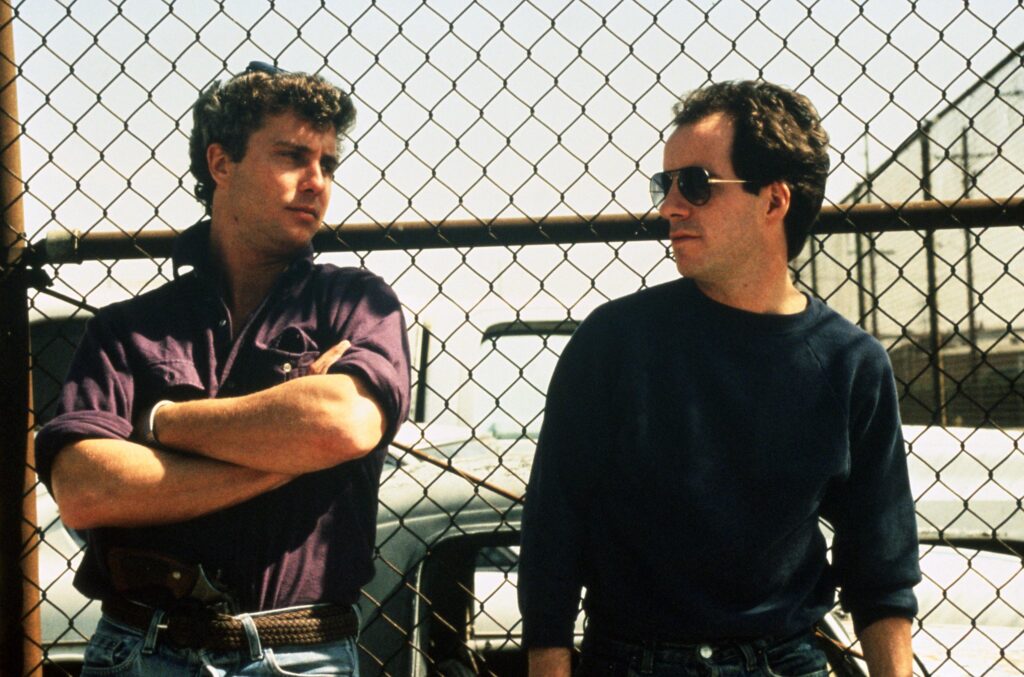
The ending is so dark that the studio insisted that Friedkin shoot an alternative ending, in which a main character improbably survives. Fortunately, that alternative ending was not affixed to the final cut of the film. You can view the alternative ending on YouTube, with the comments of Friedkin, Petersen and Pankow.
To Live and to Die in L.A. is available on Blu-Ray from Shout! Factory and in 4K from Kino Lorber. I’ll let you know when you can stream it or if it shows up again on TV.
